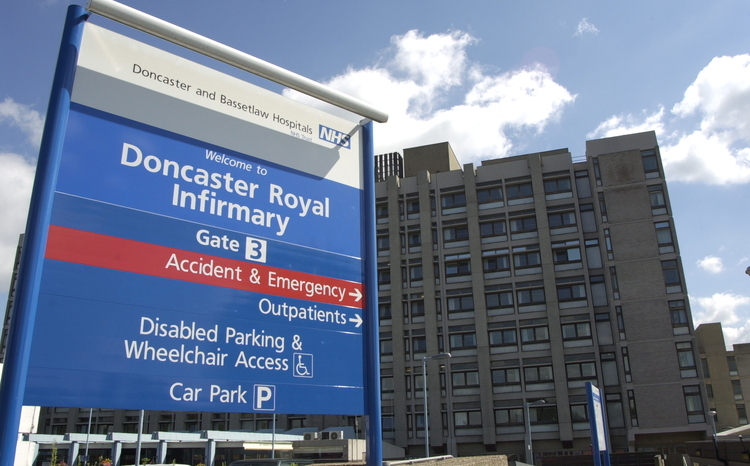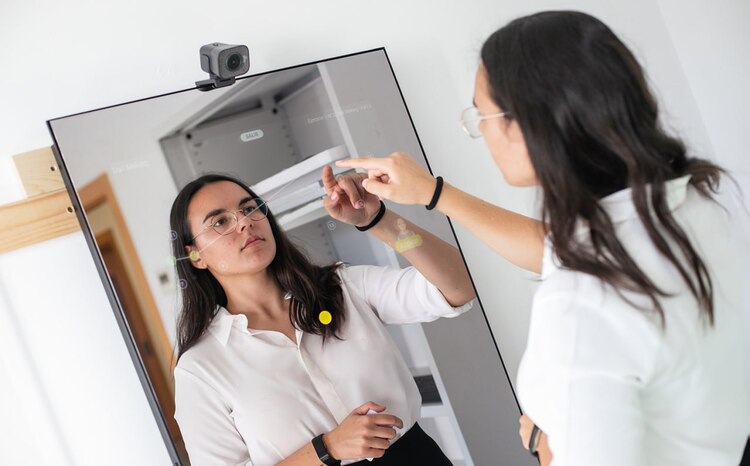IT vital to deliver care closer to home, DH says
- 30 October 2007
Fast and efficient communication between primary and secondary care systems is needed to enable care to be delivered closer to home, the Department of Health says in its new ‘Shifting Care Closer to Home’ report.
“Technology is supporting the effective delivery of integrated care closer to home, and freeing up consultant time to manage more complex cases,” says the report. It adds “good, well managed IT systems are vital to joined-up working and it would be helpful if information could be shared about what works best at various sites.”
The report looks at the experiences of 30 chosen demonstration sites in six specialty sub-groups: orthopaedic surgery, urology, general surgery, ENT (ears, nose and throat), gynaecology and dermatology.
The demonstration sites have been pilots for using various methods to define the appropriate models of care that can be used nationwide outside of the hospital environment.
One site was South Manchester PCT who worked with the Withington Community Hospital gynaecological service to create a ‘direct access transfer’ service.
Special bespoke software is used to triage cases, and uses the Choose and Book system to make referrals. The PCT stopped GPs using paper triage to refer patients needing secondary care – for example those with suspected cancer and/or complex histories – and instead used the Choose and Book software to refer them straight away.
Use of the system is said to have improved access to care and reduced outpatient waiting lists. Suitable patients are given appointments for a one-stop consultation covering diagnosis and treatment wherever possible. The service deals with prolapse, incontinence, coil fitting, pre-sterilisation counselling, heavy menstrual bleeding, contraceptive implants, infertility and menopausal problems.
The DH says that it is this sort of integrated communication that will help make bringing care closer to the home a reality, but it remains a significant challenge.
“In order for the care closer to home project to fulfil its aims, communication between primary and secondary care needs to be fast and efficient… Health informatics should be integrated across primary and secondary care. Work should be done to ensure the compatibility of existing systems and the commissioning of future systems should be done across the whole health economy,” says the report.
“In order to deliver fully against the commitments outlined in the White Paper it is vital that communication and collaboration take place across the primary/secondary care divide.”
Other technology methods tested included the use of digital photographs to aid diagnosis outside of a hospital, particularly for areas such as dermatology.
The report says: “Digital photography is a technology that lends itself well to integrated working, particularly with regard to diagnosis and investigation.
In Ipswich, an audiologist-led clinic provides a town centre-based service for patients aged 12–59. The clinic focuses on patients with hearing loss, excluding those with earache, discharge or dizziness.
The audiologist uses a digital camera to record details of ear examinations and carries out a hearing test. Clinical assessment is carried out by a consultant within 48 hours. The audiologist then telephones patients with their results and sends a letter to their GP.”
Over 85% of patients are discharged following this virtual review, the DH claims, adding “clearly this will be a safe and effective diagnostic tool only within an integrated service with joint protocols in place.”
Links
Shifting Care Closer to Home Demonstration Sites Report




